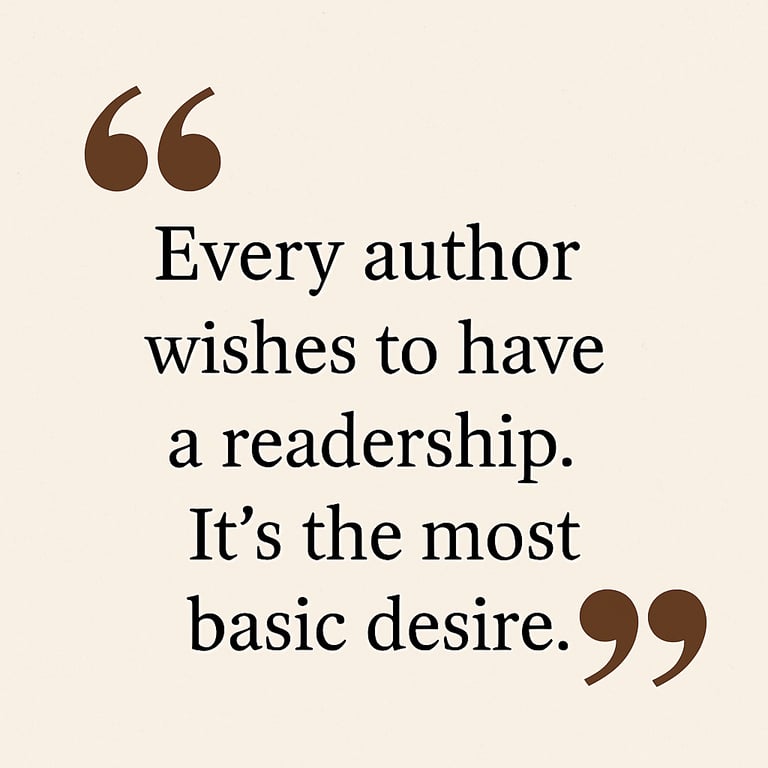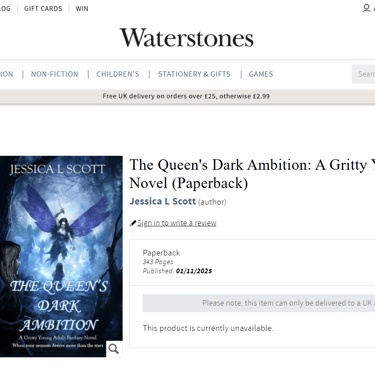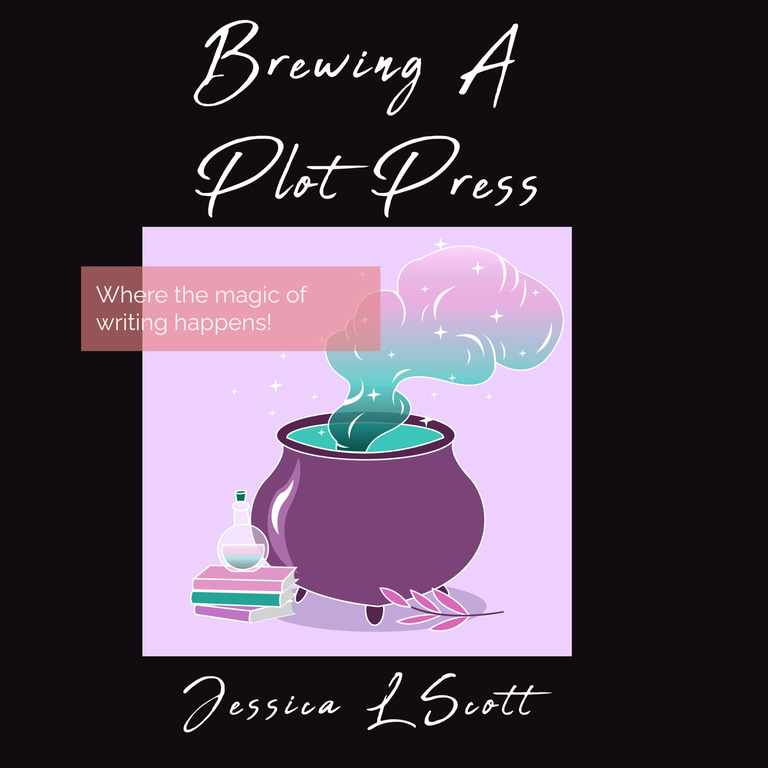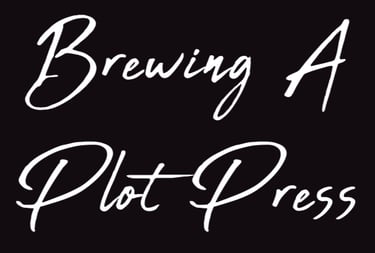What Are Your Publishing Goals?
Your goals matter and they’ll shape every choice you make in your publishing journey. This blog covers: self-publishing costs, budgeting for marketing, print vs. digital, and how to grow as an indie author. There's never been a better time to understand the path that’s right for you!
MARKETINGEDITINGPLANNING
3 min read


Why do you write?
It’s a simple but profound question. For many of us, it comes down to one core desire: we want to be read. Whether it’s the thrill of seeing our words on a printed page or the hope that our stories will resonate with someone out there, authors write to connect.
But beyond that, every writer has different goals. Some dream of bestseller lists and critical acclaim. Others write for the sheer joy of it—or to be paid for doing something they’re genuinely good at. Whatever your reason, understanding your publishing goals is essential to choosing the right path forward.
Weighing the Costs: The Reality of Self-Publishing
Self-publishing offers creative control, but it’s not without its costs—both financial and personal.
Complete Publishing Packages
Companies like Troubadour offer packages ranging from £1,000 to £5,000, which often include print and digital editions of your book. These are ideal if you're planning a print run, as they can reduce the cost per copy. However, there are trade-offs:
Time commitments: Meetings and schedules can be hard to juggle, especially with a full-time job.
Creative control: You may have to make editing choices you’re not entirely comfortable with.
Editorial guidance: Some authors value this input—especially if publishers know what sells—but it can also be frustrating.
Hybrid publishing isn’t much cheaper and, like full-service packages, should include ISBNs as part of the cost.
Print-On-Demand (POD)
For most indie authors, POD is the go-to. While not cost-effective for large print runs, it’s ideal for selling on demand, especially when paired with eBooks. If you buy your own ISBNs and manage your metadata, you maintain control and can distribute across platforms.
Digital books are especially appealing because of low production costs—which means you can price them competitively to attract readers.
Chasing the Shelf Space: Physical Stores
At first, I was drawn to full-service publishers like Troubadour because of the possibility of getting into Waterstones. But here’s the truth: the odds of getting your self-published book onto physical shelves are slim.
Your best bet is Waterstones online store, though keep in mind that most shoppers prefer Amazon or other major online retailers.


Seeing my novel on the Waterstones website ahead of publication dates, made my year! This was made possible in large part to using ISBNs as well as making it available on PublishDrive. One thing I did notice is that the information about it is missing. After research, it appears that its only with the Neilsen Book Data Enhanced Service that the meta data gets added to sites such as these.
The Hidden Cost: Marketing
No matter how you publish, marketing is rarely included—and it can be the most expensive part.
Expect to spend £500 or more. Industry advice from authors like Bobby Kim (Six Figure Author) suggests budgeting three times the cost of production. For example:
Editing: £446
Cover design: £223
Formatting/proofing: £223
Total production: £892
Ideal marketing budget: £2,678
This can feel overwhelming, but there are lower-cost strategies:
Book blog tours: Target niche blogs in your genre.
Editorial reviews: Paid or solicited.
Magazine ads and paid review platforms.
Social media and email marketing: These can grow your reader base long-term.
Planning for Longevity: Growing as an Indie Author
If long-term success is your goal, commercial fiction is often the most sustainable path. Genre fiction thrives in indie markets, and there’s a reason tried-and-true tropes continue to sell.
Sticking to one genre helps you:
Build a loyal readership.
Avoid the hassle of managing multiple pen names or split email lists.
Focus your marketing efforts efficiently.
That said, you may still want to release the occasional passion project in a different genre. In that case, targeted Facebook ads, TikTok videos, or influencer outreach can help you reach the right audience—without investing time in building a new long-term readership.
Final Thoughts
Knowing your publishing goals can shape your entire journey. Whether you're in it for the joy, the money, or the recognition, being honest with yourself about what you want—and what you're willing to invest—will help you navigate the world of self-publishing with clarity and confidence.
Do what works for you, but don’t forget: no matter how you publish, building your readership takes time, effort, and strategy.
Are you ready?


